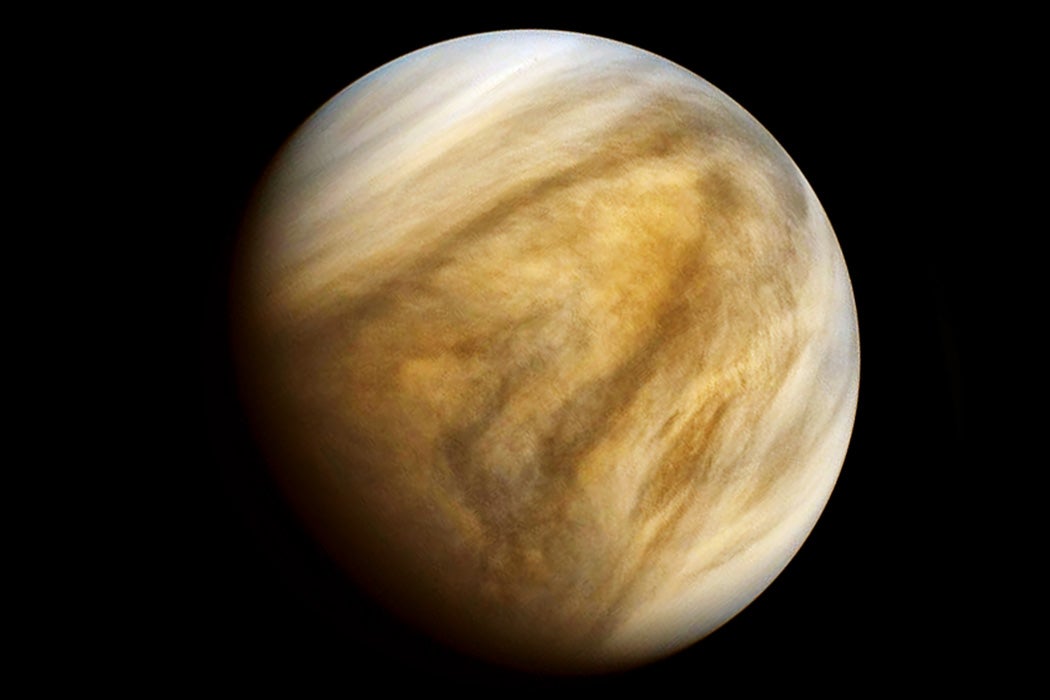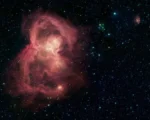Four years ago, the unexpected discovery of phosphine gas in the clouds of Venus—an indicator of life on Earth—sparked controversy and faced skepticism from subsequent observations. Now, the same research team has returned with new findings, presented on July 17 at the Royal Astronomical Society meeting in Hull, England, providing even stronger evidence of phosphine’s presence in Venus’ atmosphere.

These new observations, collected with the enhanced James Clerk Maxwell Telescope in Hawaii, offer significantly more data than the original detection. “We had three observation campaigns, and in just one run, we got 140 times as much data as we did in the original detection,” said Dave Clements, an astrophysics reader at Imperial College London.
Additionally, a separate team, including Clements, has found evidence of another gas, ammonia, which may be even more significant. “If there is life on Venus producing phosphine, we have no idea why it’s producing it. However, if there is life on Venus producing ammonia, we do have an idea why it might be wanting to breathe ammonia,” he explained.
The findings will eventually form the basis of one or more scientific studies, with the research already underway.


















